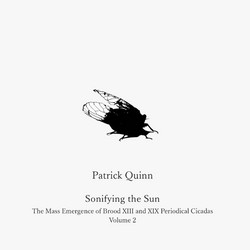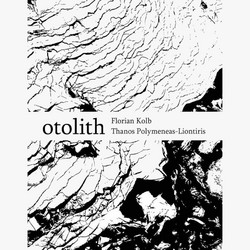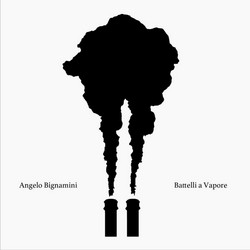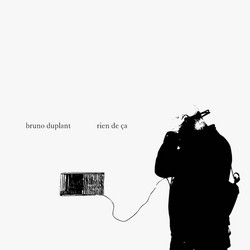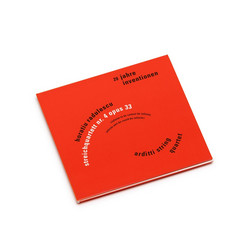With Notions de Confort, Lise Barkas and Jean-Baptiste Geoffroy reframe the very idea of listening environments. The title suggests security, familiarity, perhaps warmth—but here those expectations are methodically deconstructed. Across the album’s span, moments of apparent stability dissolve into uneasy textures, leaving the listener in a state of constant reorientation. From its opening seconds, the work resists passive reception. Barkas contributes tones and drones coaxed from instruments whose voices feel halfway between folk resonance andindustrial abrasion. Geoffroy responds not as accompanist but as an agent of disruption—percussive figures emerge unexpectedly, sometimes supporting, sometimes splintering the fragile structures laid before them. The conversation between the two is deliberate but never predictable, oscillating between intimate hush and sudden force.
Notions de Confort finds its space somewhere between improvisational encounter and architectural experiment. The Zappak imprint nurtures this duality, contextualizing the album as both sonic document and spatial intervention. Each track feels like a room, defined by the relationships between its surfaces—some reverberant, some absorbing, some warped. As listeners move “through” these rooms, comfort becomes contingent, a fleeting sensation tied to a specific sonic angle or moment. The duo’s methodology privileges timbre and presence over linear development. Barkas employs sustained tones punctuated by breath and microtonal shift, pulling the ear into fine gradations of pitch and texture. Geoffroy often uses percussion as punctuation—sometimes a destabilizing accent, sometimes a grounding footfall. Silence functions as a third performer, shaping the timing and the emotional weight of each gesture.
There’s an implicit critique running through the work: comfort, in music as in life, is rarely neutral. By offering it momentarily—only to remove it—the artists expose its mechanics and fragility. The experience becomes an active one. The listener must remain alert, ready to adjust to the contours of each sound event. One of the most striking qualities of Notions de Confort is its materiality. Sounds feel sourced from visible, tangible processes—the scrape of a bow on wood, the resonance of strings in openair, the dry thud of a struck surface. This tactility draws the ear closer, as if proximity could offer stability, even when instability is the rule. Production choices resist polish in favor of immediacy. Mic placement shifts perceptibly, sonic perspective changes mid-track, and ambient details bleed into the recorded space. The effect is documentary-like, reminding us that this is not a sealed sonic product but a record of live exchange, with all the unpredictability that entails.
By the album’s end, comfort has ceased to be an assumption and has become a question—onewithout a fixed answer. Zappak’s curatorial sensibility frames the release as part of a broaderpractice: creating conditions where listening itself is unsettled, and where audience engagement is demanded rather than solicited. Barkas and Geoffroy succeed in turning an abstract concept into a visceral experience. Notions de Confort becomes both a meditation and a test—a landscape where sound evokes trust, anxiety, curiosity, and withdrawal in the span of minutes. In the very act of dismantling comfort,they carve out a deeper, more attentive kind of listening.
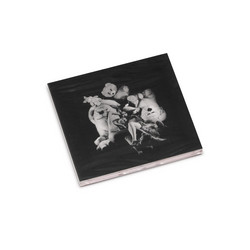
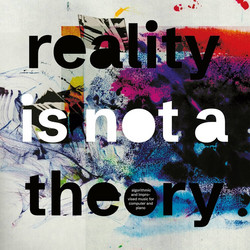
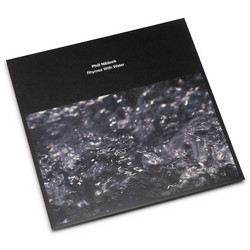
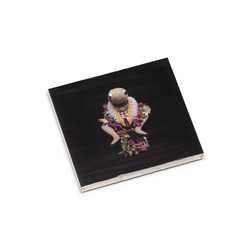
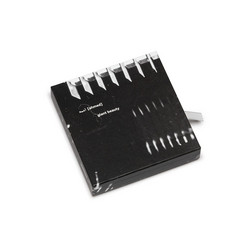

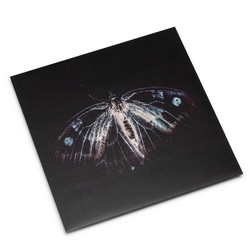
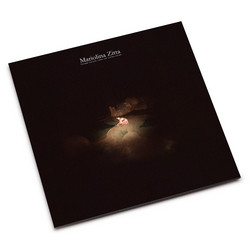
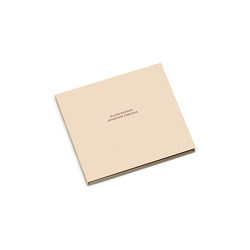
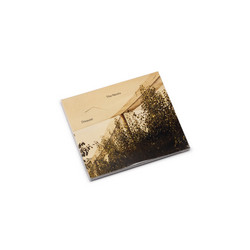
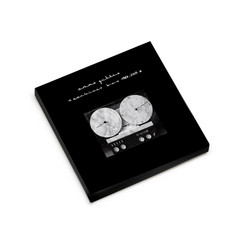
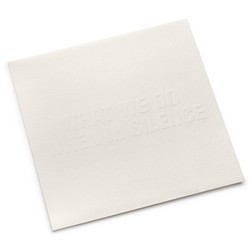
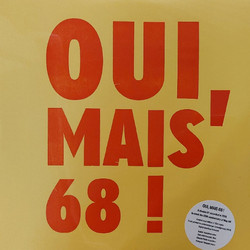
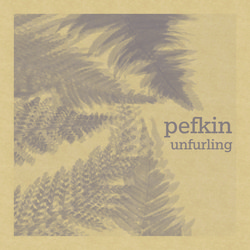
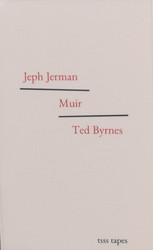

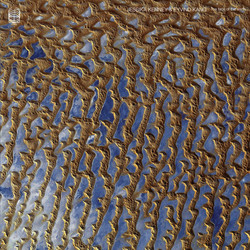
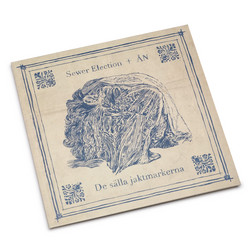
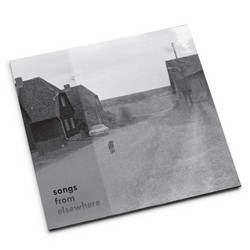
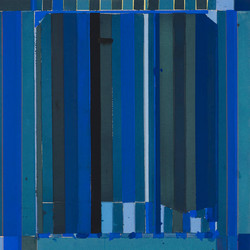
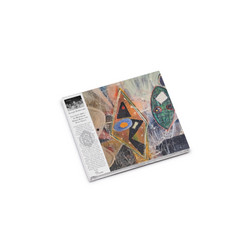
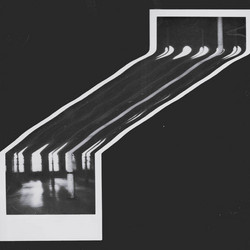
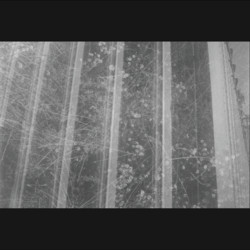
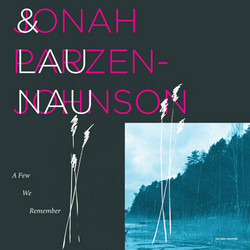
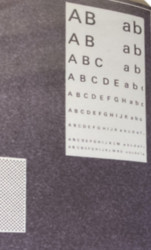
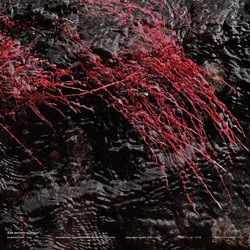

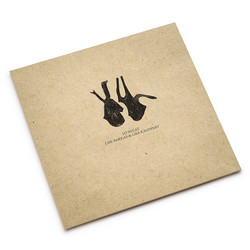

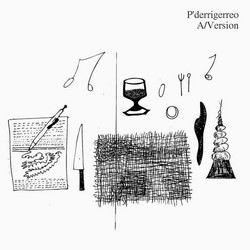

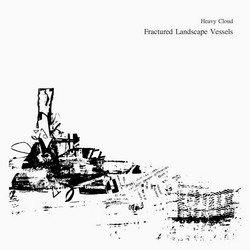
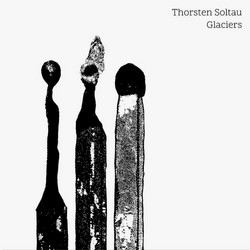



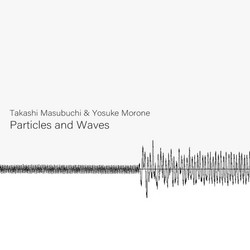

![(Kiku (sense) the [drawing + sound]) 描奏をきく](https://cdn.soundohm.com/data/products/2025-10/Kiku-sense-jpg.jpg.250.jpg)
